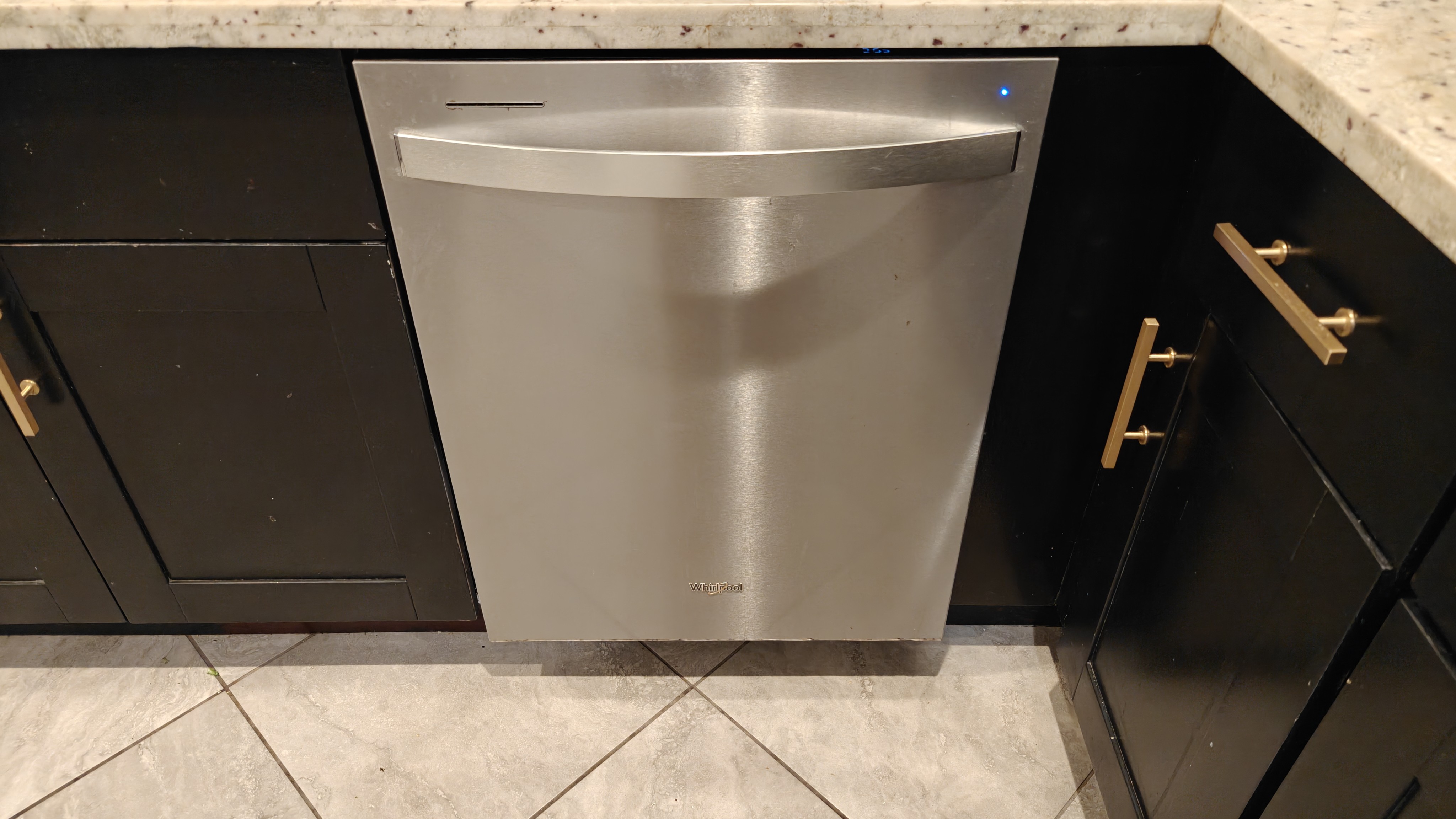How to use a steam mop
Learn how to use a steam mop, from how often, to what floors and the step by step process, according to experts.

Looking for a convenient way to keep your floors clean? Discovering how to use a steam mop will make daily cleaning quicker and more enjoyable. As with all household tools, how you use them can make all the difference in achieving a spotless finish. Whether cleaning the kitchen tiles or mopping over your vinyl floors, there’s a certain way to do things.
So why not use a traditional mop? While your average mop will wash away spills and stains, steam mops work to break down bacteria, too. Best for young families, pet owners, or allergy sufferers, they’ll remove dirt and germs for a real deep clean. And that doesn't mean it takes any extra effort, either.
To help you get the most out of your mop, we’ve spoken to experts in home cleaning from Bissell and Vileda for their tips and tricks on how to use one. Together with your best steam mop, we'll help you fast-track your way to gleaming floors.
How often should you use a steam mop?
Eliana Lewis, Brand Coordinator for Bissell, recommends "A weekly deep clean is fine for most homes, but if you have children crawling or pets running in and out, you may choose to do it more frequently as steam kills 99.9% of germs and bacteria, without needing any chemicals."
Steam cleaning your floors should be part of your regular cleaning routine, whether that’s a once a week job or an every few days ordeal. That being said, if you have a larger household, steam cleaning more often or during busier times of the year may be necessary.
Since steam mops are more effective at beating bacteria than your usual mop, they're a great option for targeting dirty areas near entryways or instead of deep scrubs. They're also quick to refill and run, so you can easily give your floors a once–over should accidents strike or as part of a daily speed clean.
What floors can you clean with a steam mop?
Steam mops are generally okay to use on any type of tiled, ceramic, or vinyl flooring, with some being safe to use on hardwood or laminate floors. As Eliana states, "If hard floors have been properly sealed, then steam is generally safe to use on them, but be careful on wooden floors or flooring with cracks or crevices, as excess moisture can get in and cause issues with frequent use."
Some steam mops are also appropriate for steaming carpets and upholstery, though this isn't a regular feature of most. For example, "the Vileda steam mop comes with a carpet glider, so it can even be used to refresh carpets and rugs." says Clare Bolland, Marketing Manager at Vileda. However, as a general rule, we’d recommend checking the manufacturer's instruction manual to ensure it is safe.
Sign up to receive the latest news, reviews, buying guides and deals direct to your inbox
How to use a steam mop
While it may seem self-explanatory, using a steam mop is more elaborate than a swift back-and-forth motion across the floor. And there are tricks to getting the best results:
Step 1
Firstly, it’s all about the preparation. Steam mops work best if the surface you’re cleaning is free from crumbs or debris. Clare Bolland states, "Give your floor a quick sweep before you start."
Step 2
Then, fill the water tank with the indicated fill line and cover it. As a top tip, Clare advises to make sure you’re covering the head with a clean microfibre mop pad. This is so "you’re not spreading unwanted dirt around your floor. You can then wash these mop pads to reuse repeatedly."
Step 3
Next, plug it in, switch it on, and wait for it to heat.
Reviews
Whirlpool 24" Stainless Steel AI Dishwasher Review
Napoleon TravelQ PRO285 Portable Gas Grill review
Dreame L40 Ultra Robot Vacuum Cleaner and Mop review: almost hands-free cleaning
GE Profile Smart Mixer with Auto Sense review: a powerful, thorough mixer
Echo eForce DPB-2500 review: a leaf blower as a snow removal tool?
DPAS-2100 + Pro Paddle Attachment review: a new way to remove snow this winter?
Midea MAD53109APK 5.5QT Air Fryer review: a small, simple, and highly effective option
Eureka J15 Pro Ultra Robot Vacuum review: hands-free cleaning for busy families
Step 4
Now, mop. Clare advises that "you begin in one part of the room and work your way towards the door or where you plan to finish, moving your mop swiftly across the floor and keeping it moving to avoid overheating in one spot."
Step 5:
Once finished, turn your mop off and leave it to cool down in a moisture-safe place. You’ll need to wait for your floors to dry before seeing the results, so in the meantime, try not to walk over any areas you’ve just cleaned.

Louise is a contributing writer at Top Ten Reviews. With experience in home eCommerce, Louise worked in PR and communications before joining Future in April 2022. She now writes across Real Homes, Ideal Homes, Livingetc, Homes and Gardens, and Gardeningetc.
Bringing bags of bedding expertise from her time working for luxury bedding and homeware brands, Louise specializes in sleep content, so you can wind down well. From buying guides and reviews to features and news, Louise is your go-to for getting a great night's sleep. Aside from helping readers get essential shut-eye, Top Ten Reviews’ also allows Louise to write content on vacuums, cleaning and other household need-to-knows. Tidy room, tidy mind, right? Oh, and she certainly won’t snooze on sales, deals, and discounts, or great designer dupes - there’s nothing better than a top-brand bargain in her eyes.
When she’s not shopping for or trying out the latest home buy, Louise will be at one of the galleries around London. With a BA in Contemporary Art, Louise loves viewing exhibitions and getting inspired for her next artwork. Otherwise, you’ll find Louise decorating the bare space of her newly-rented East London flat, if not in her bed - which is no surprise given how comfy it must be.
